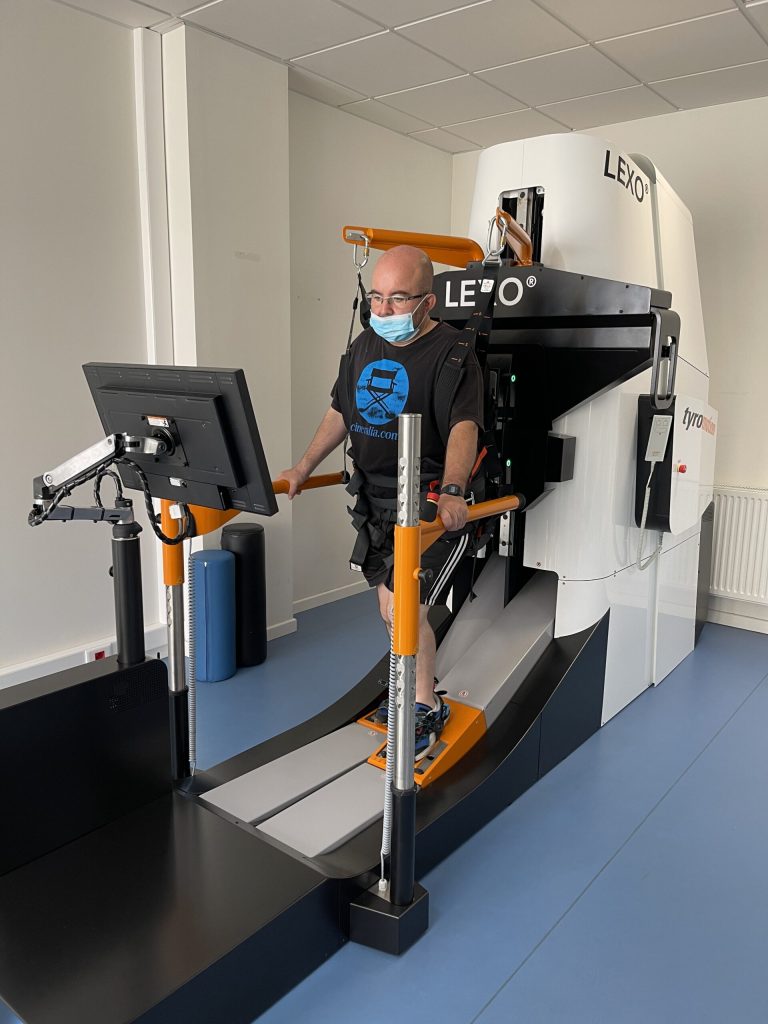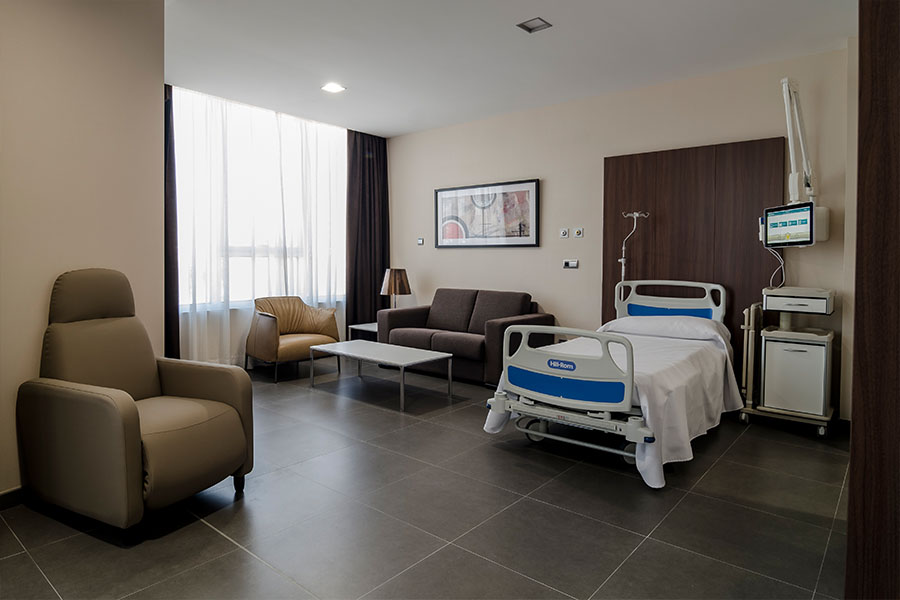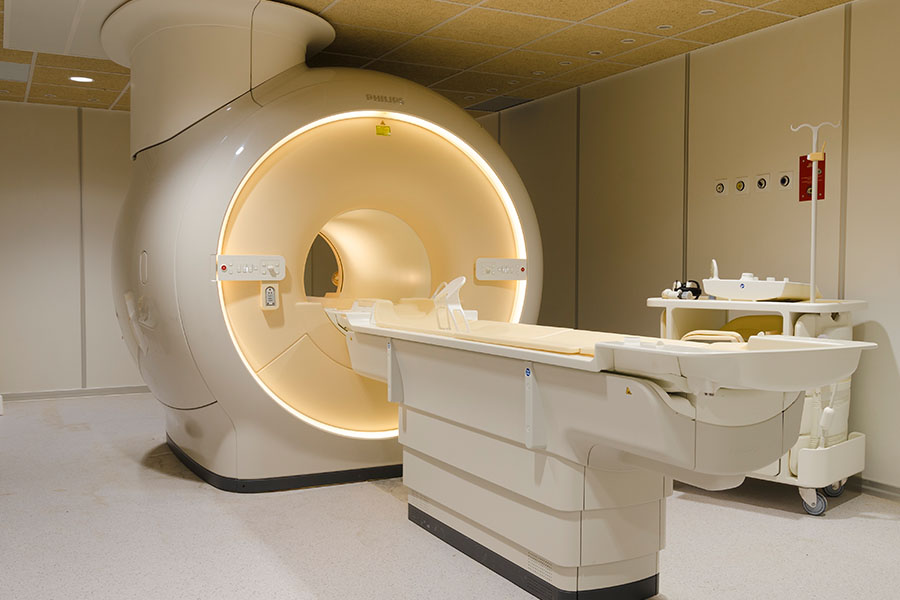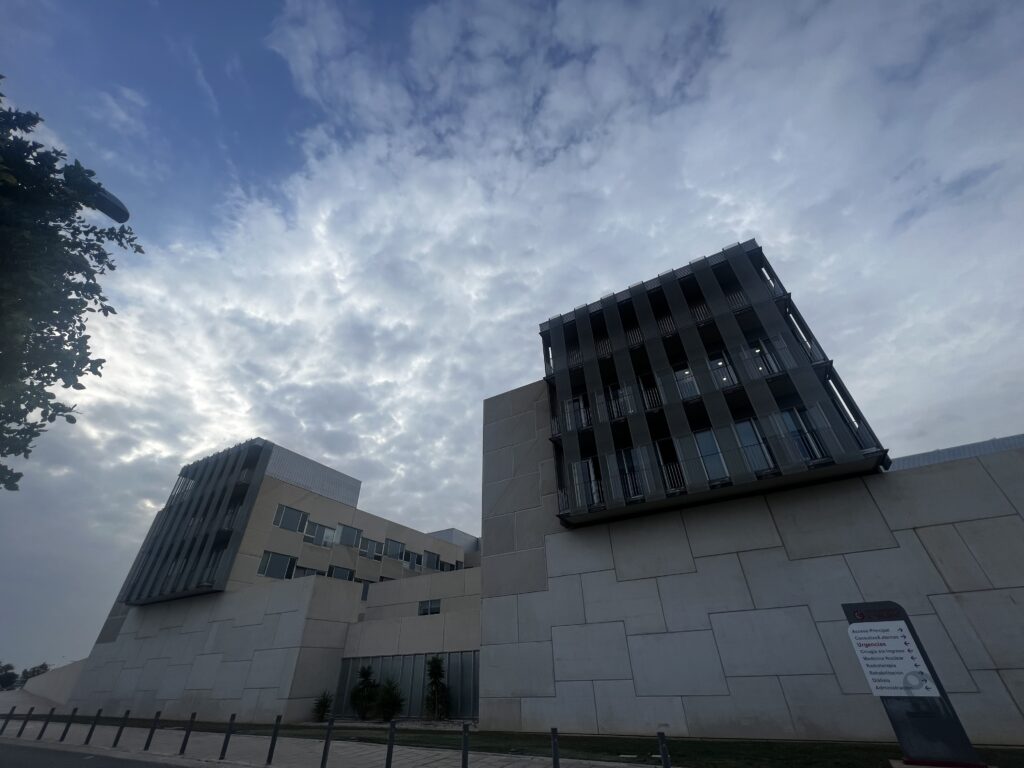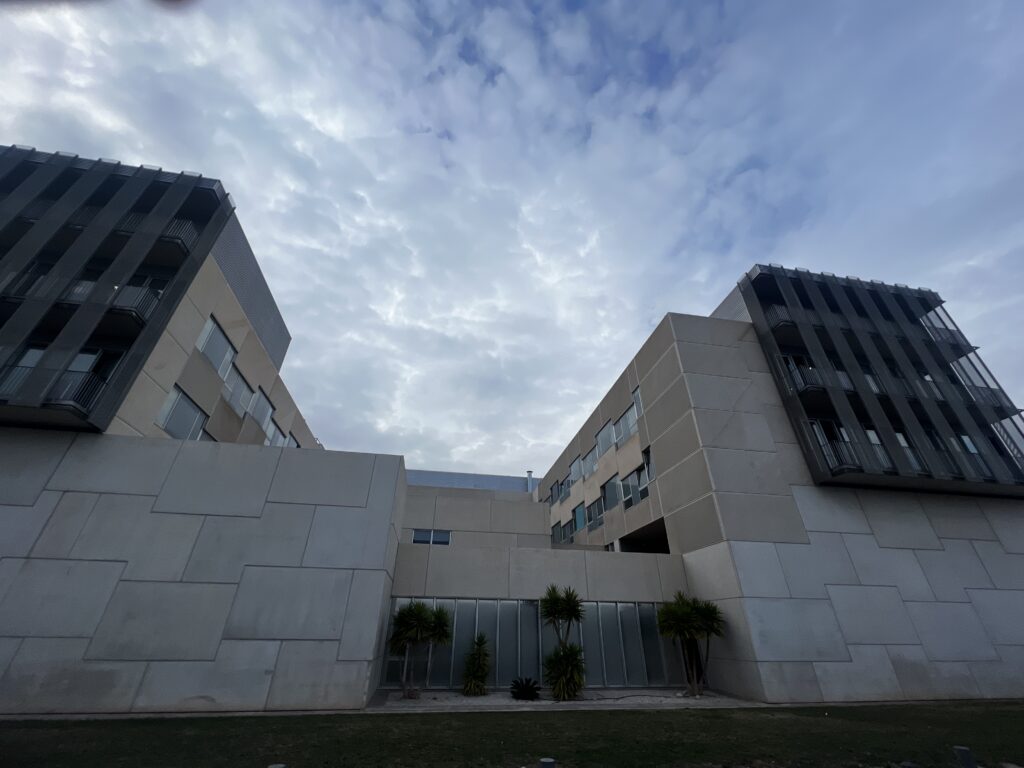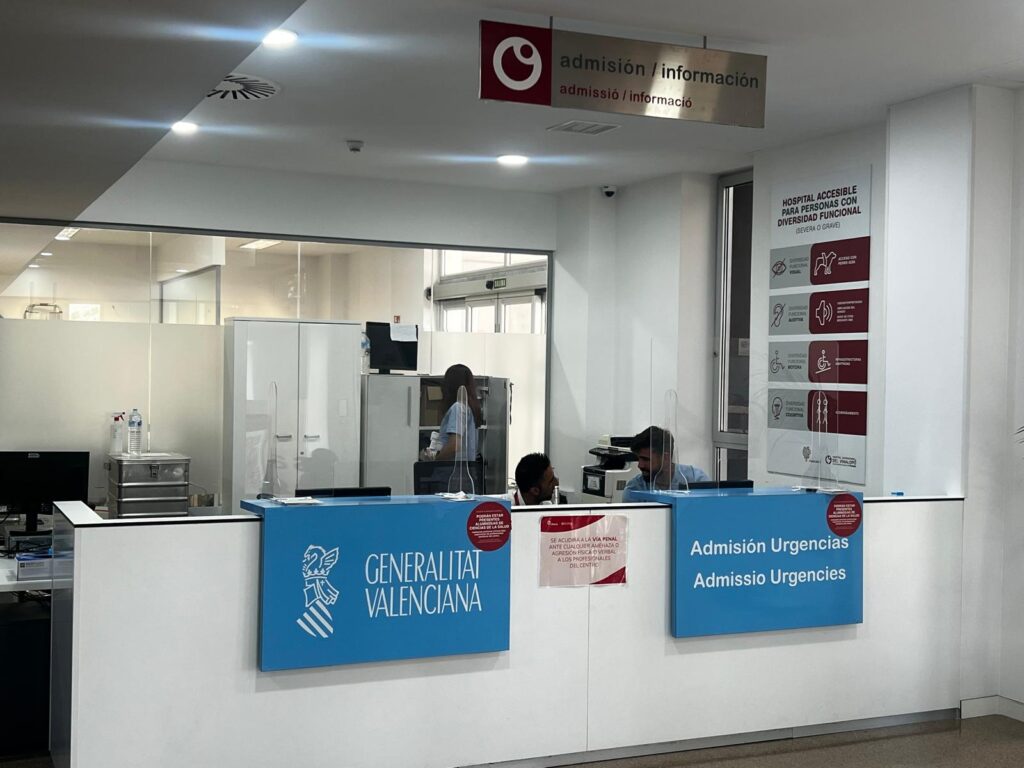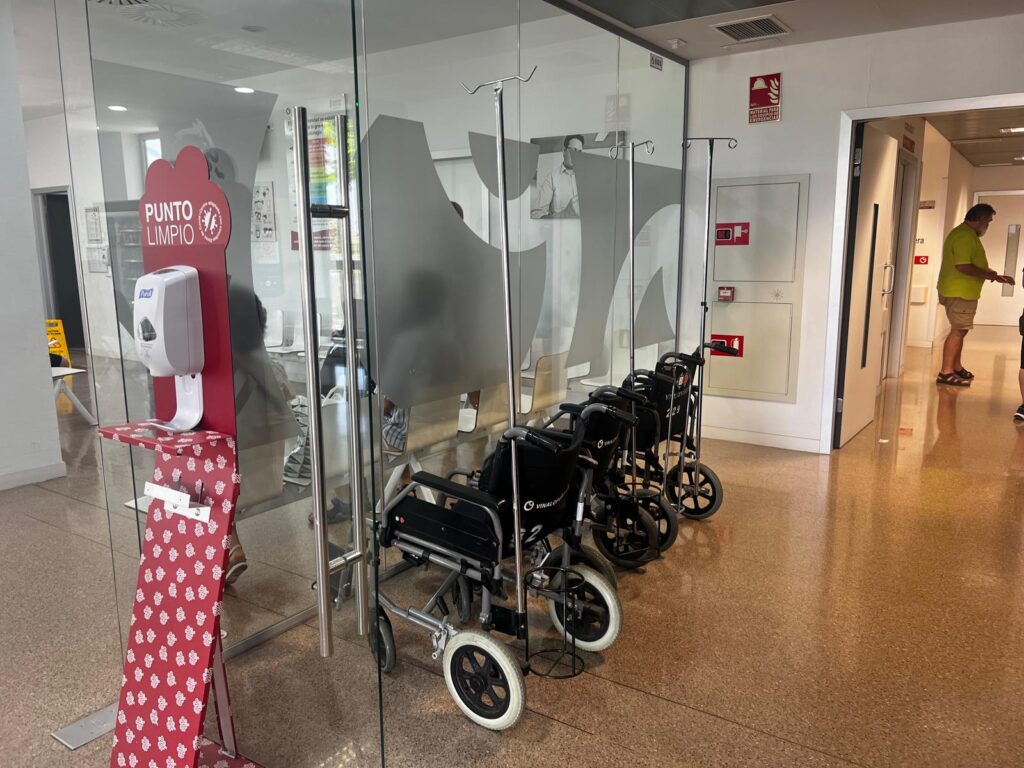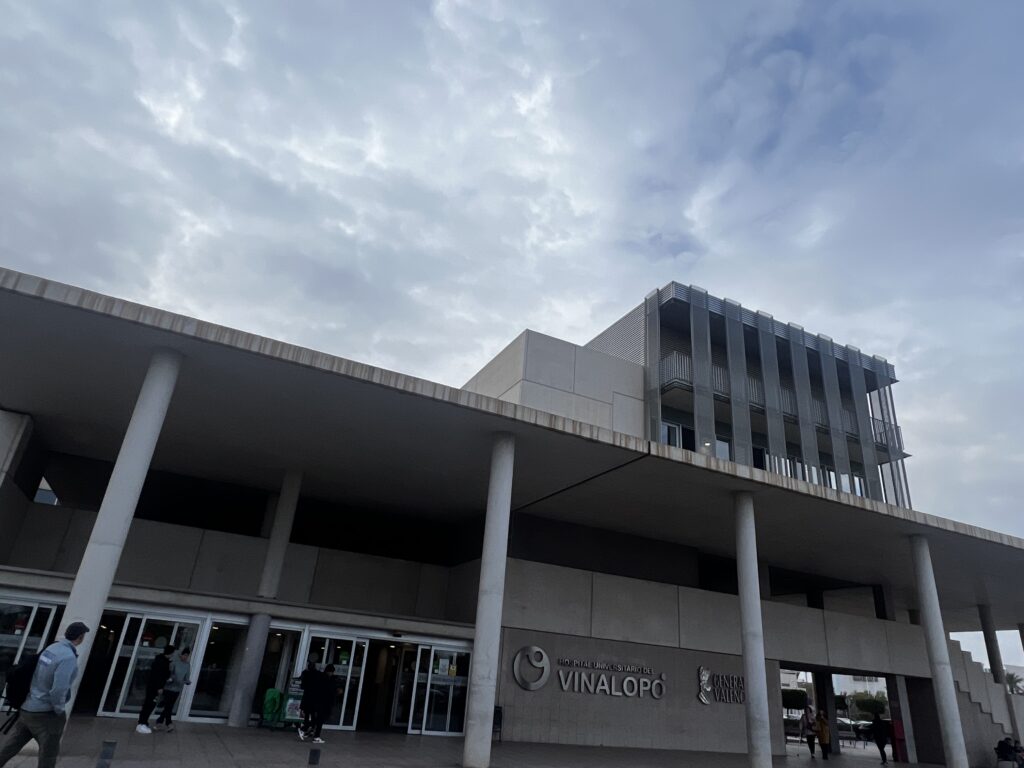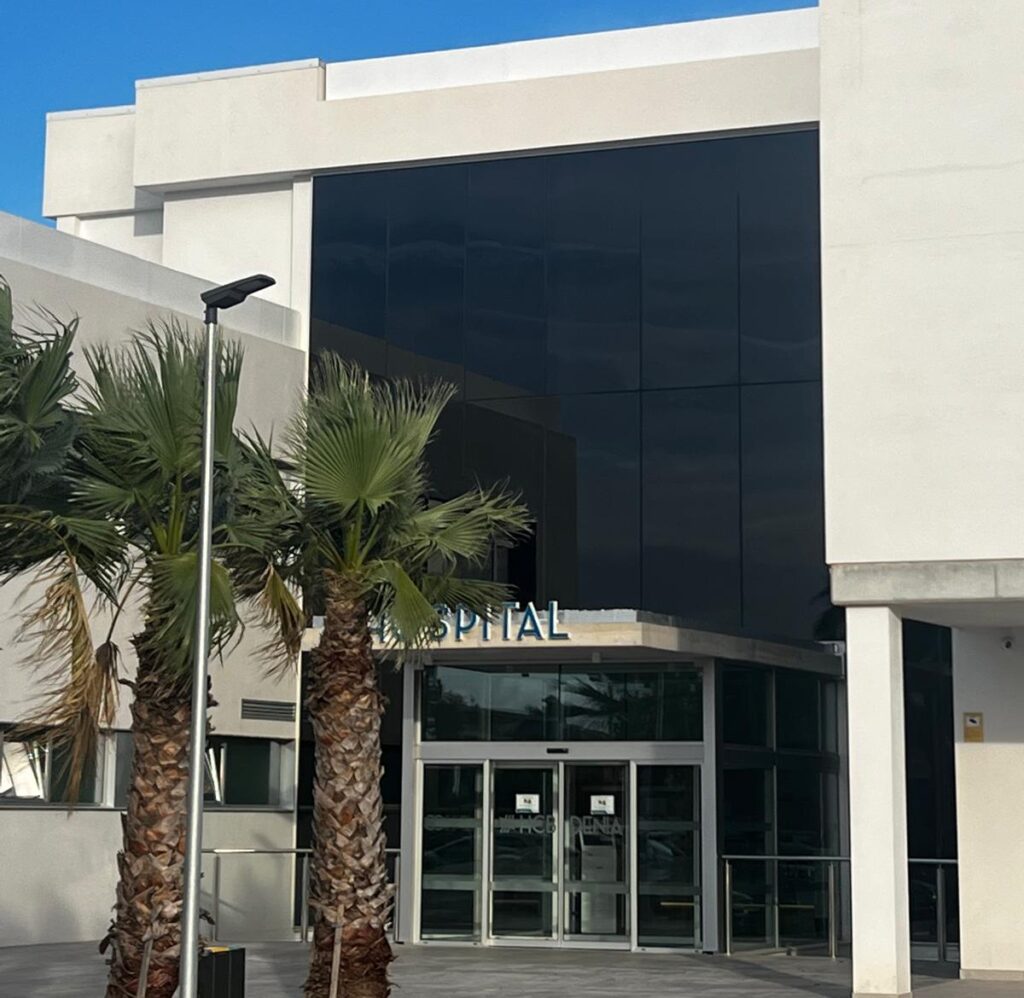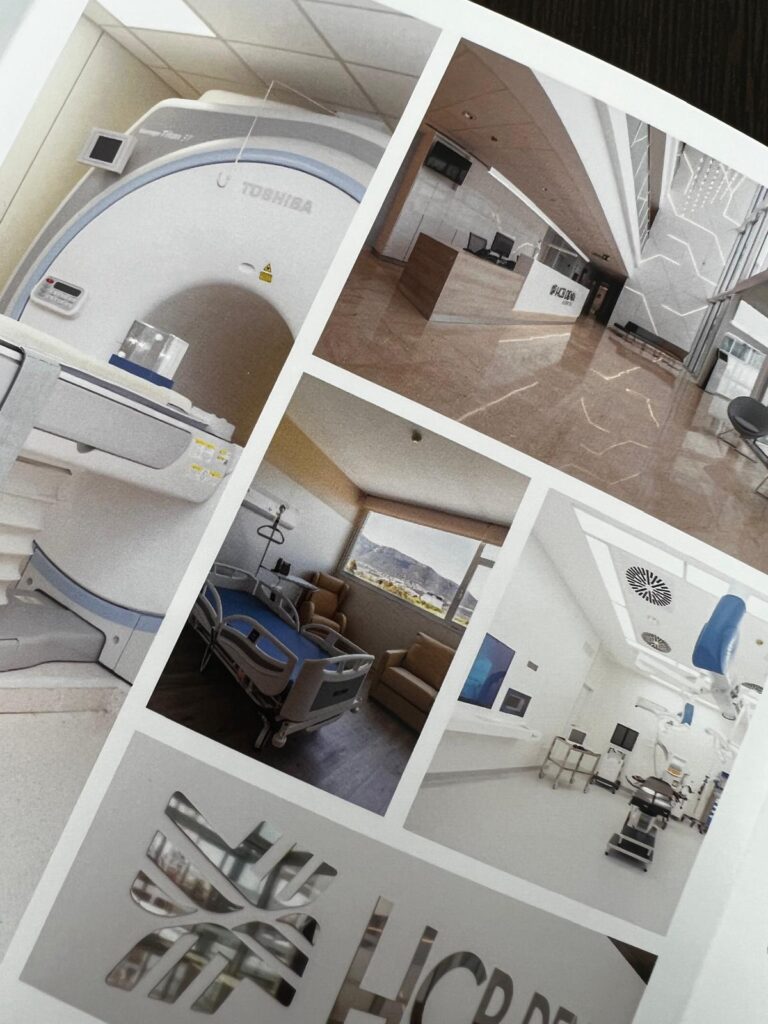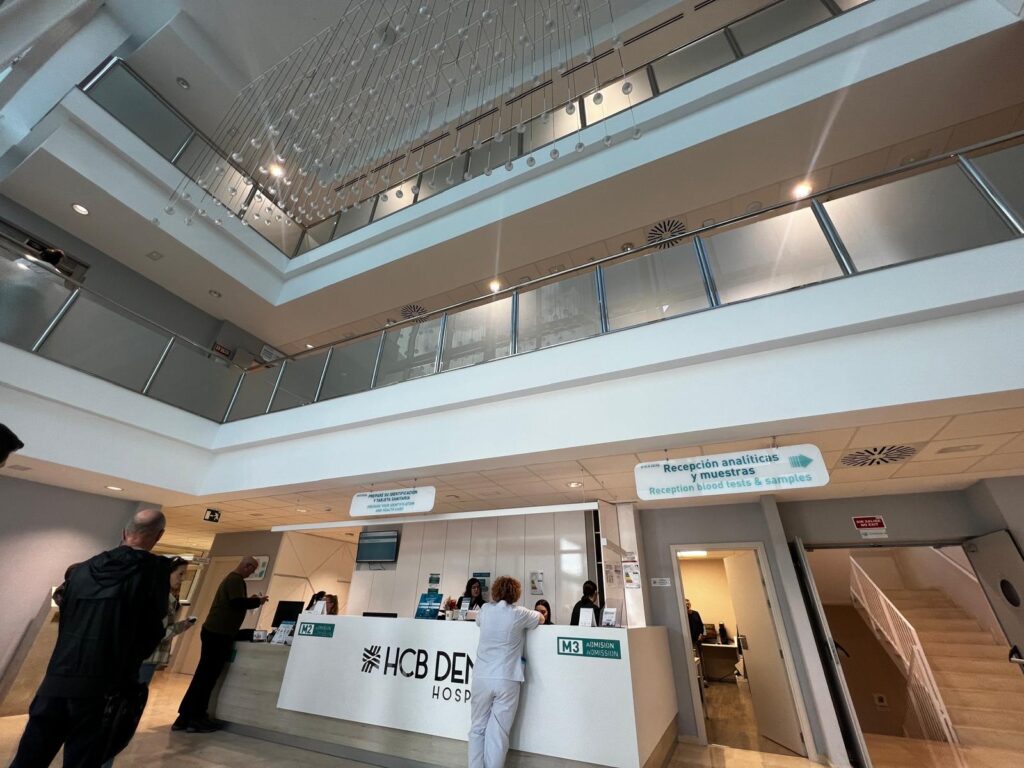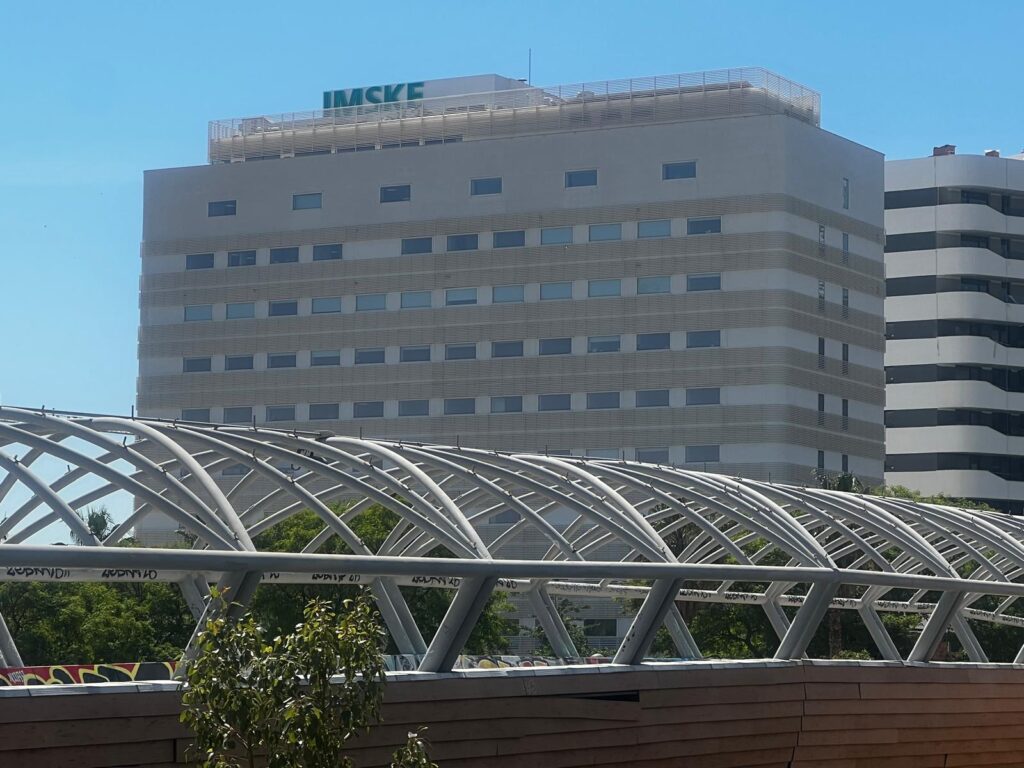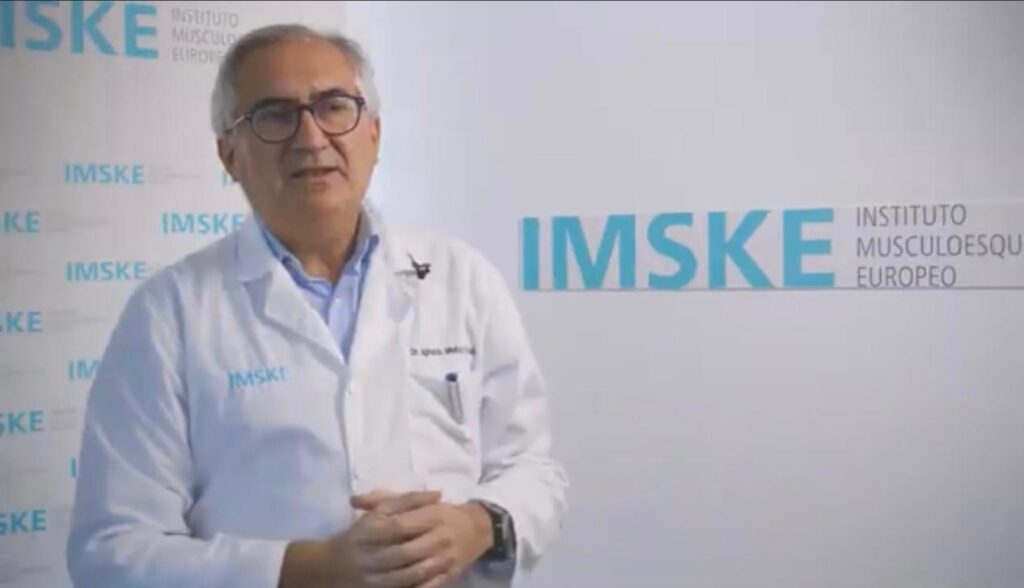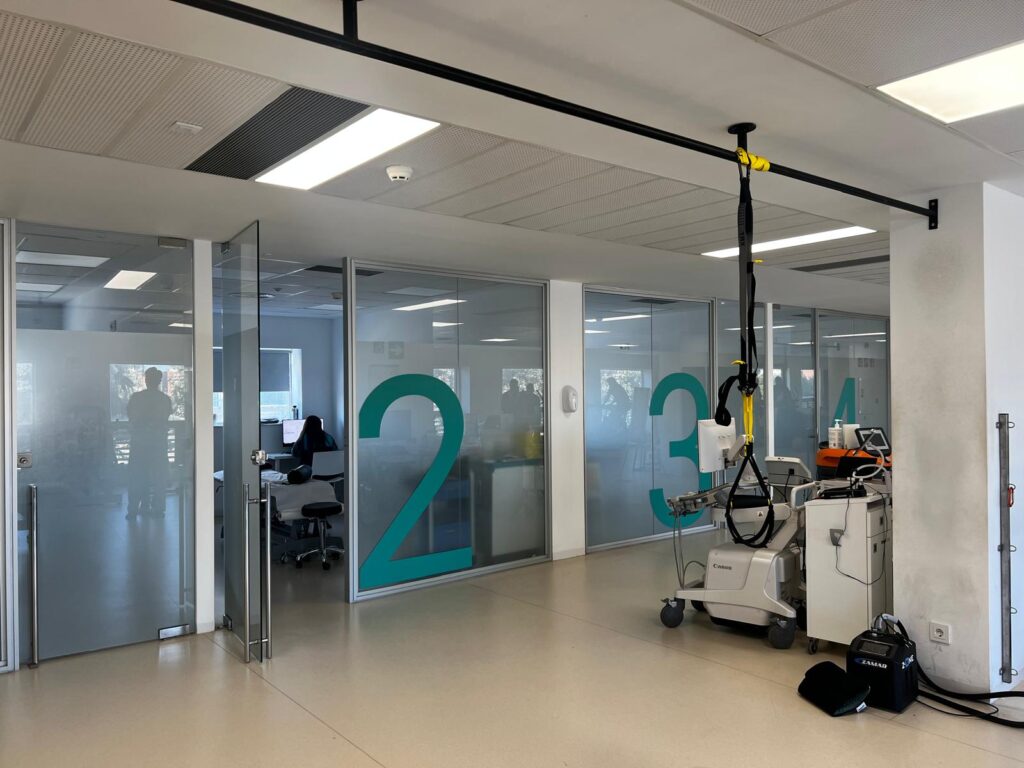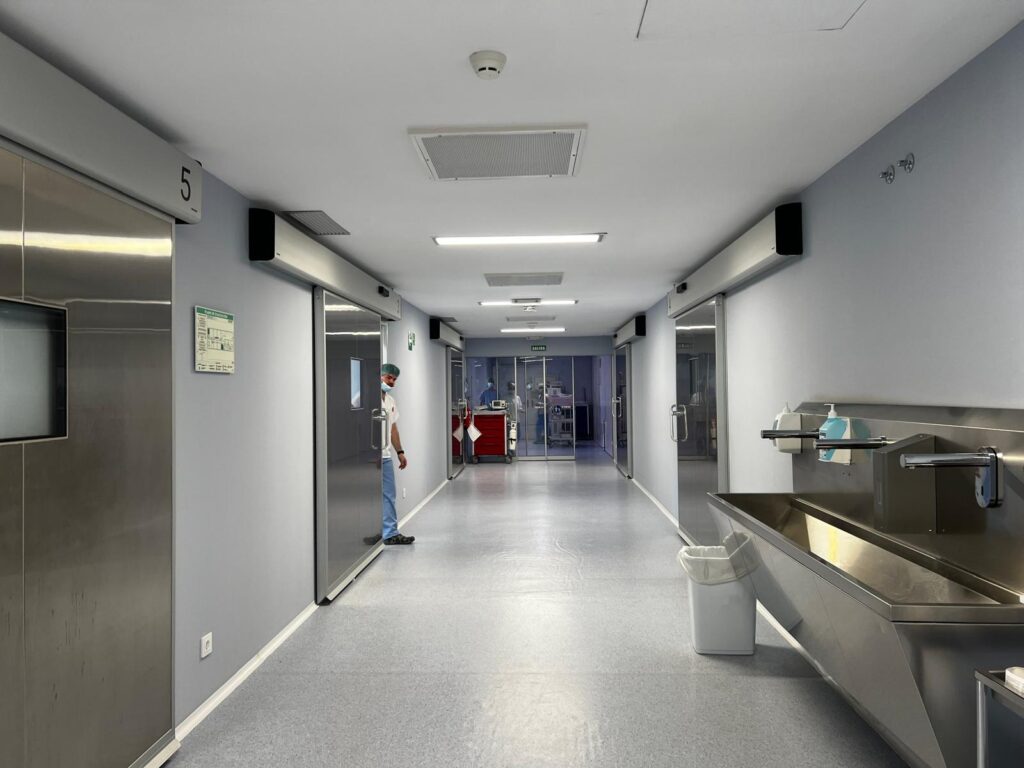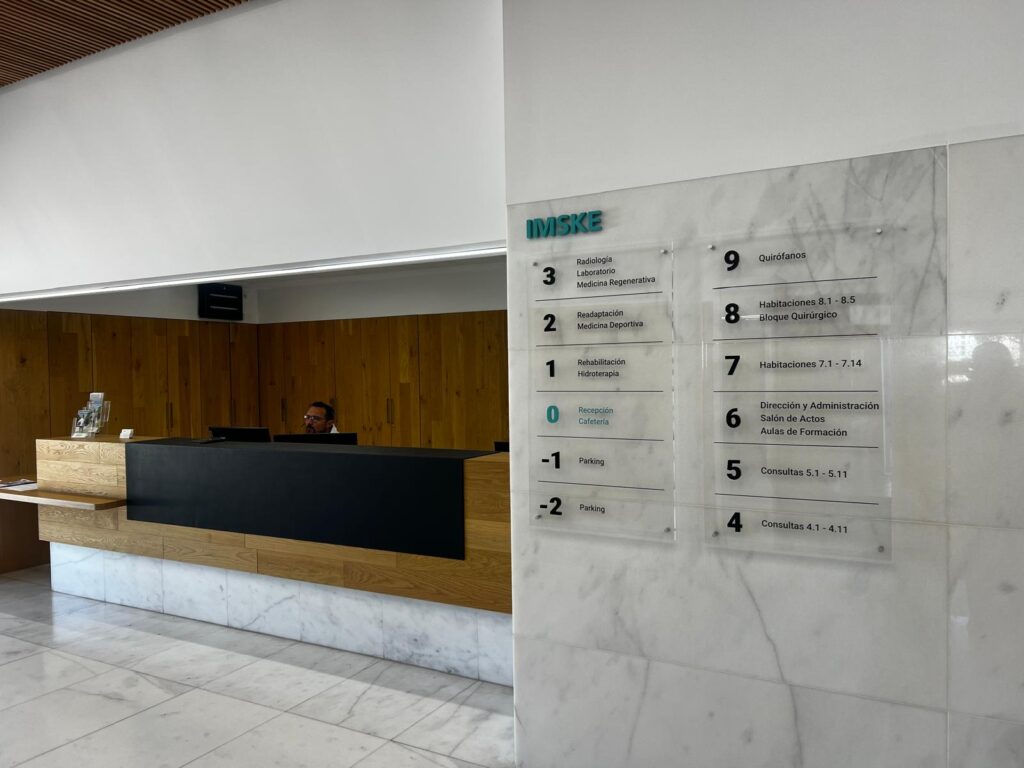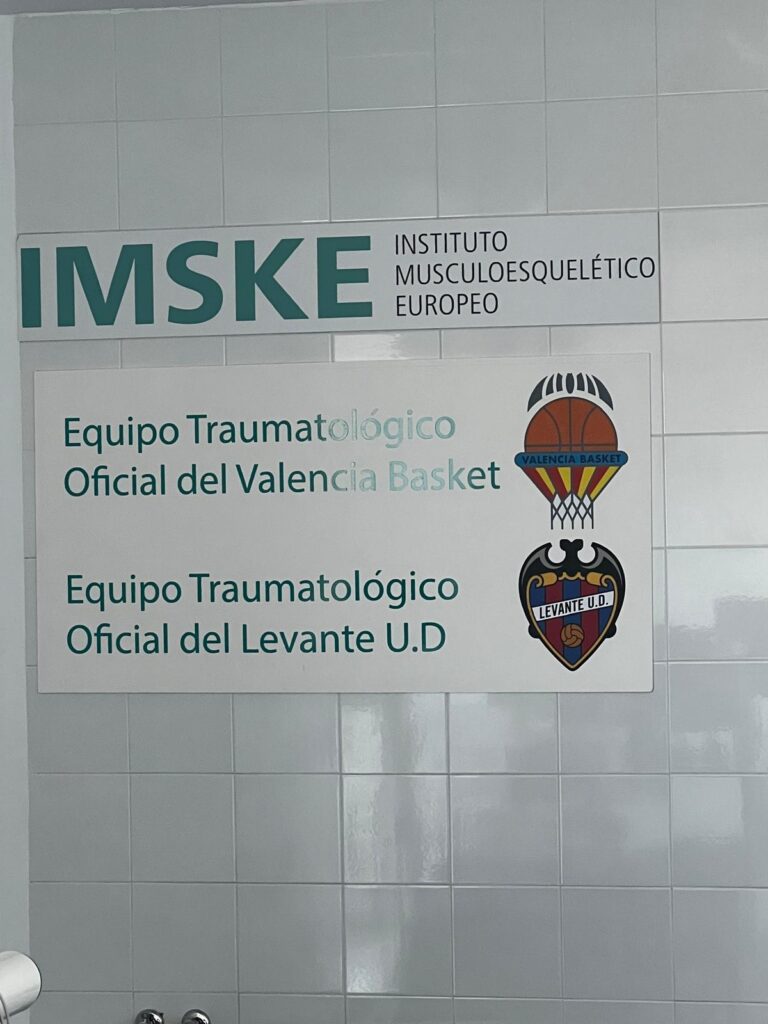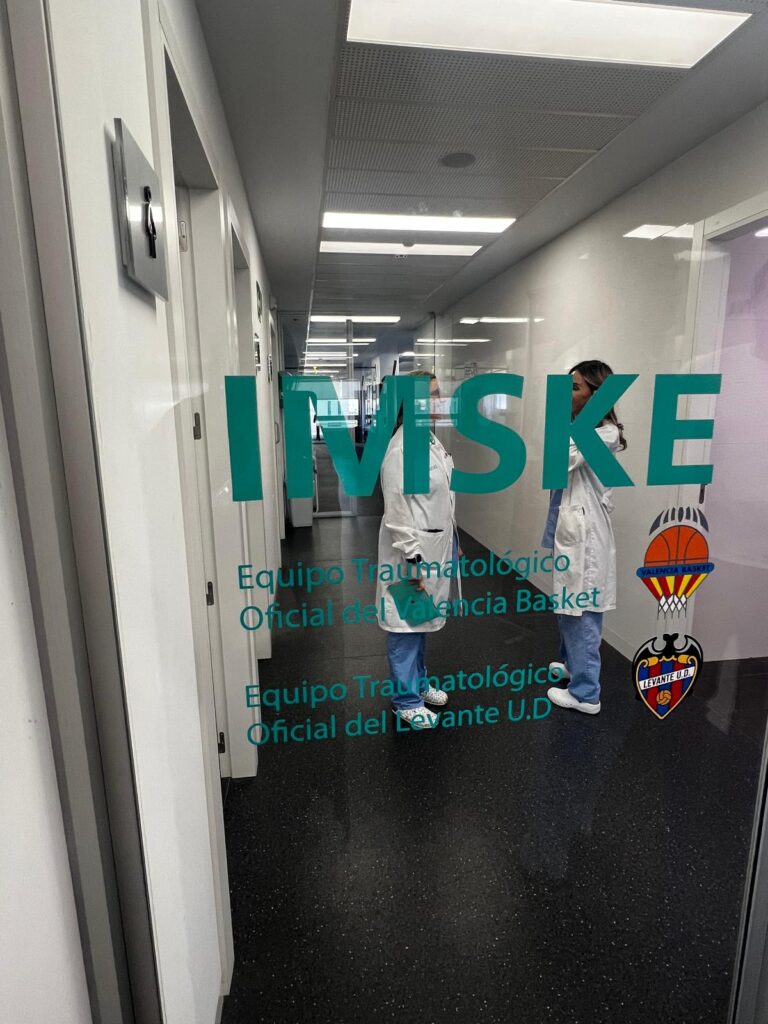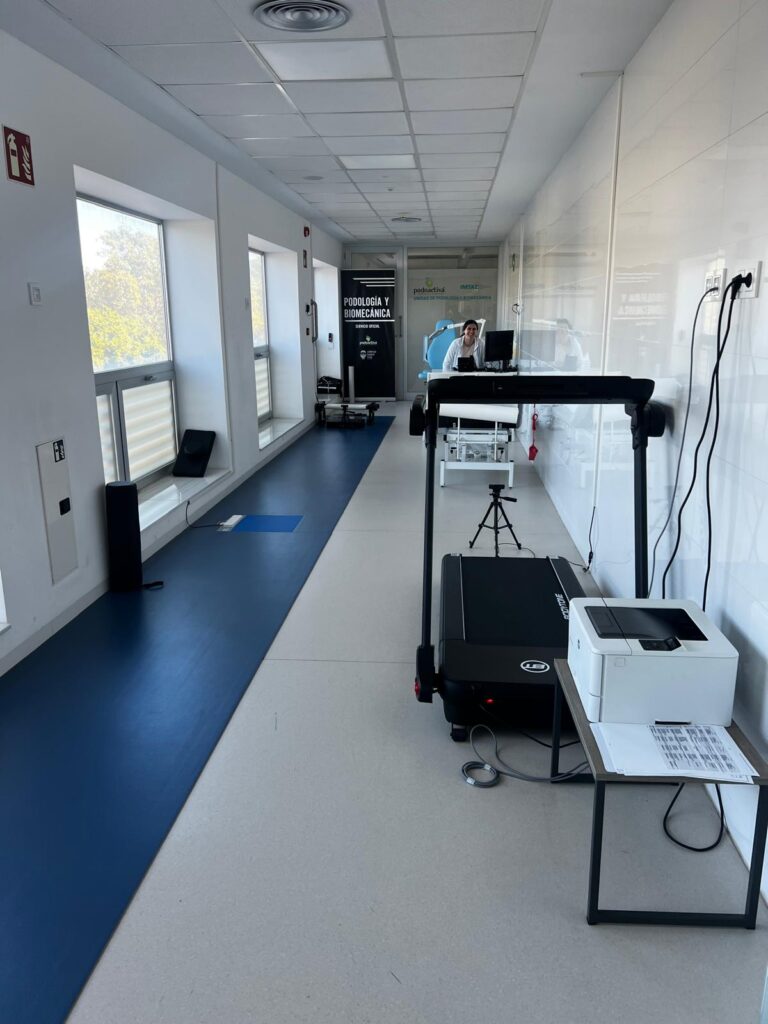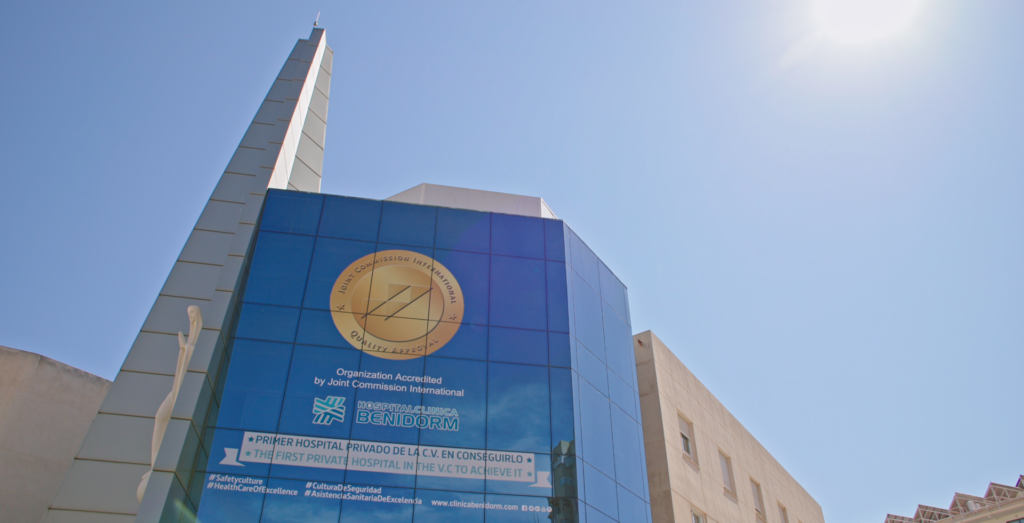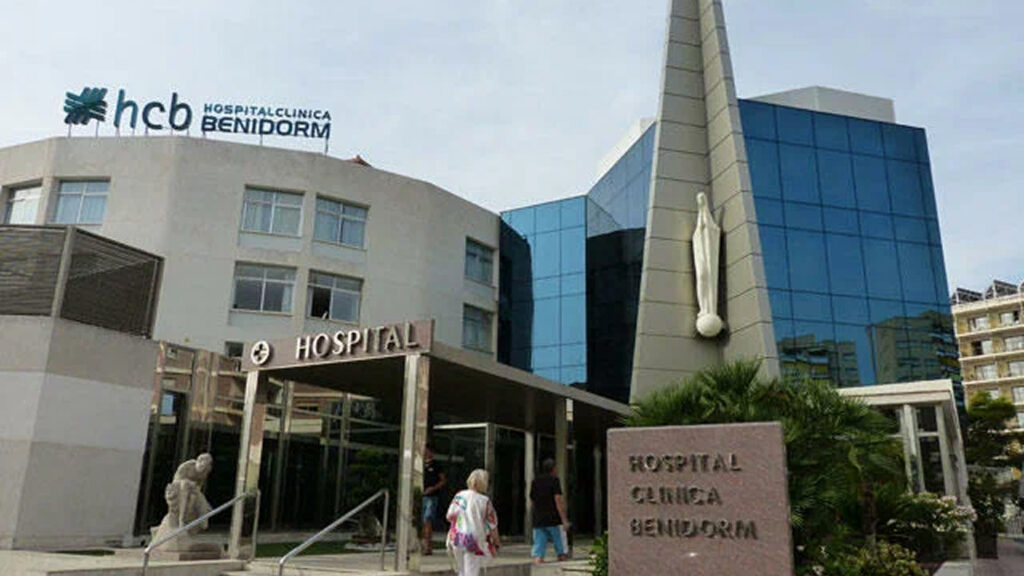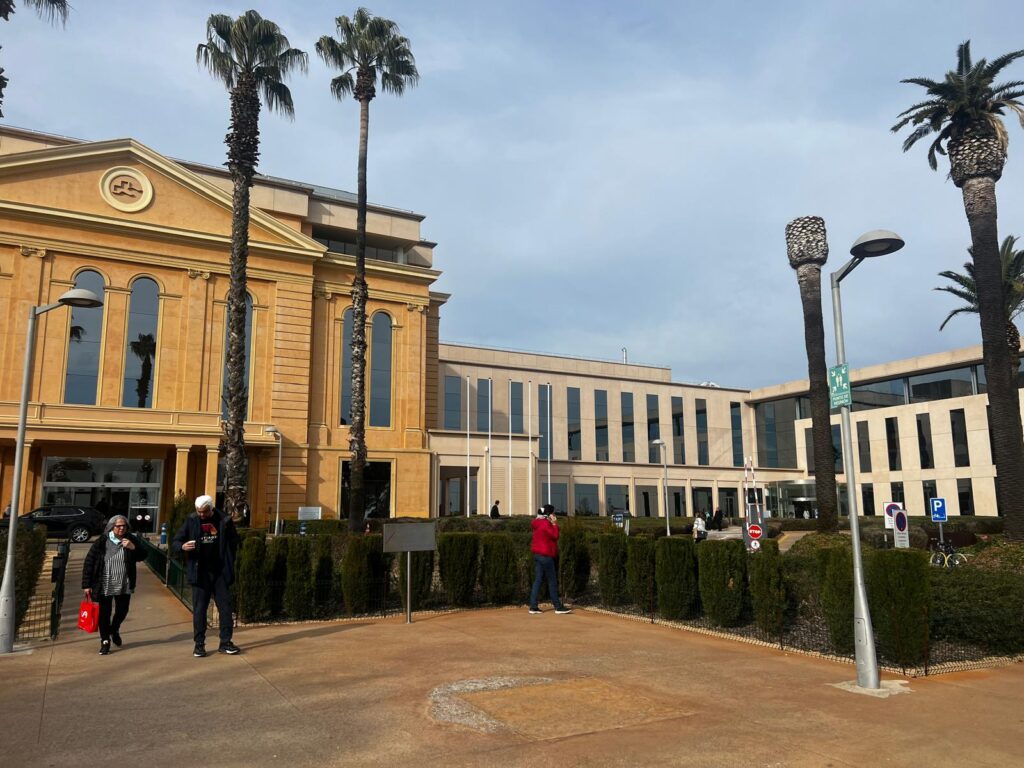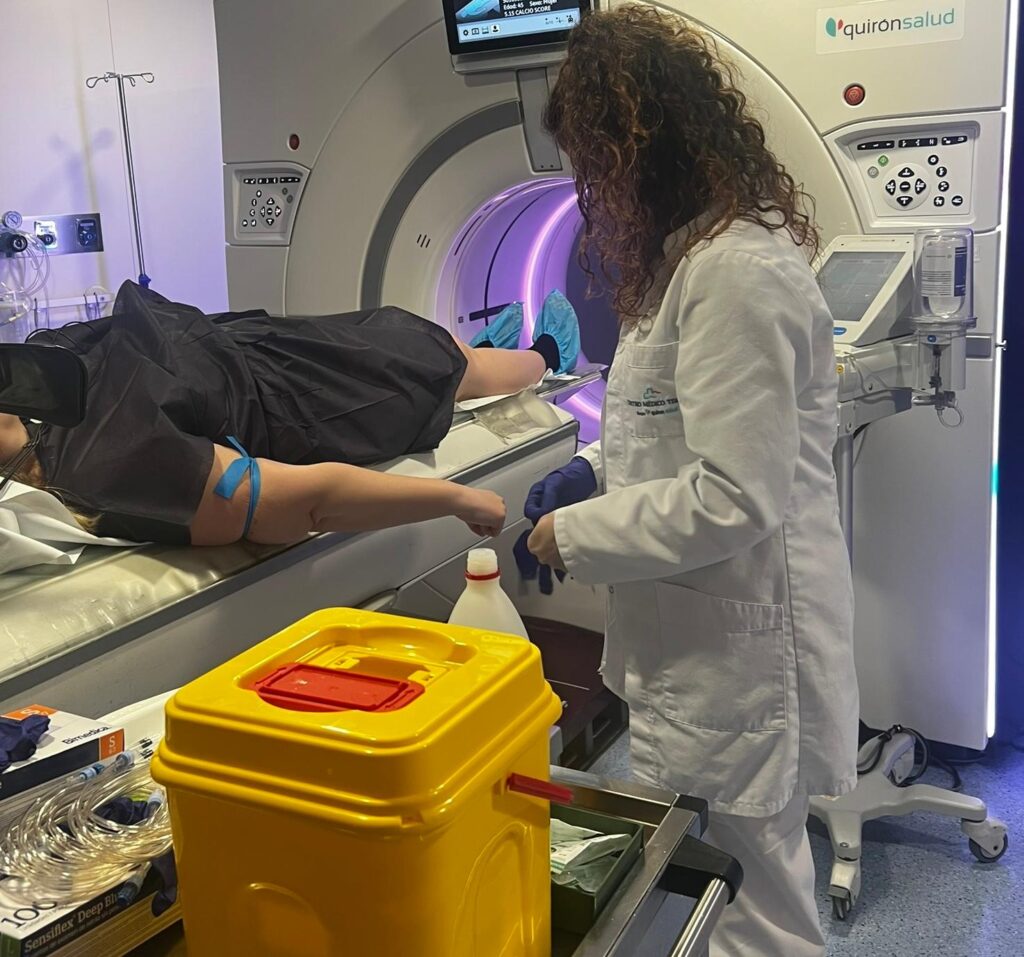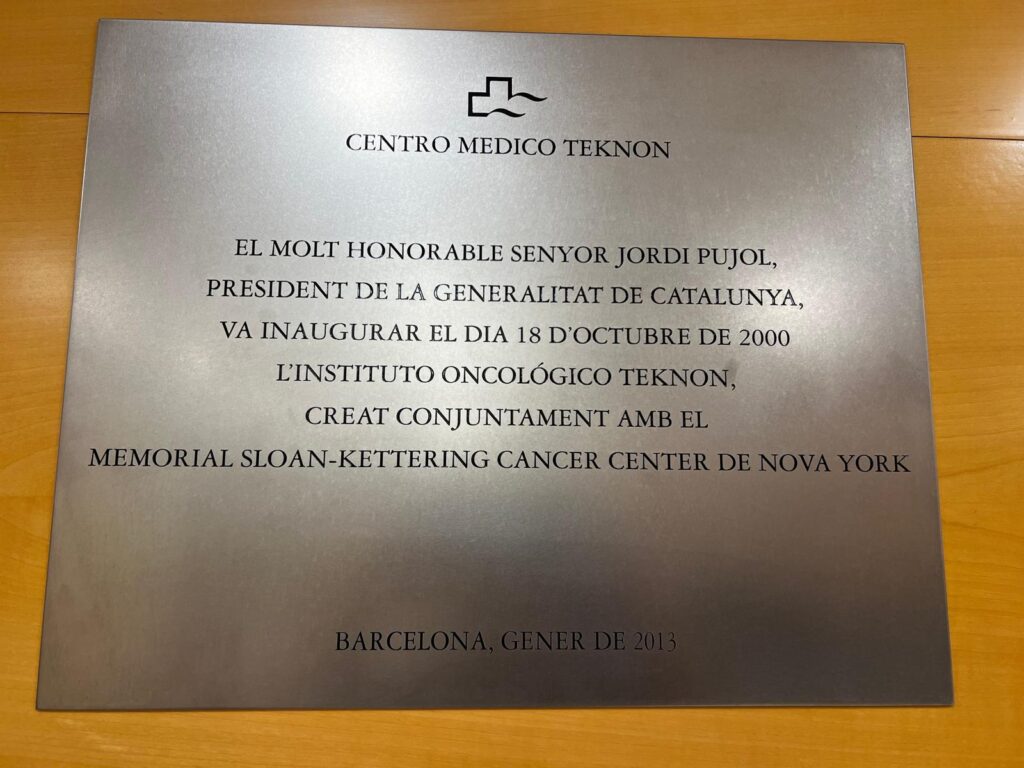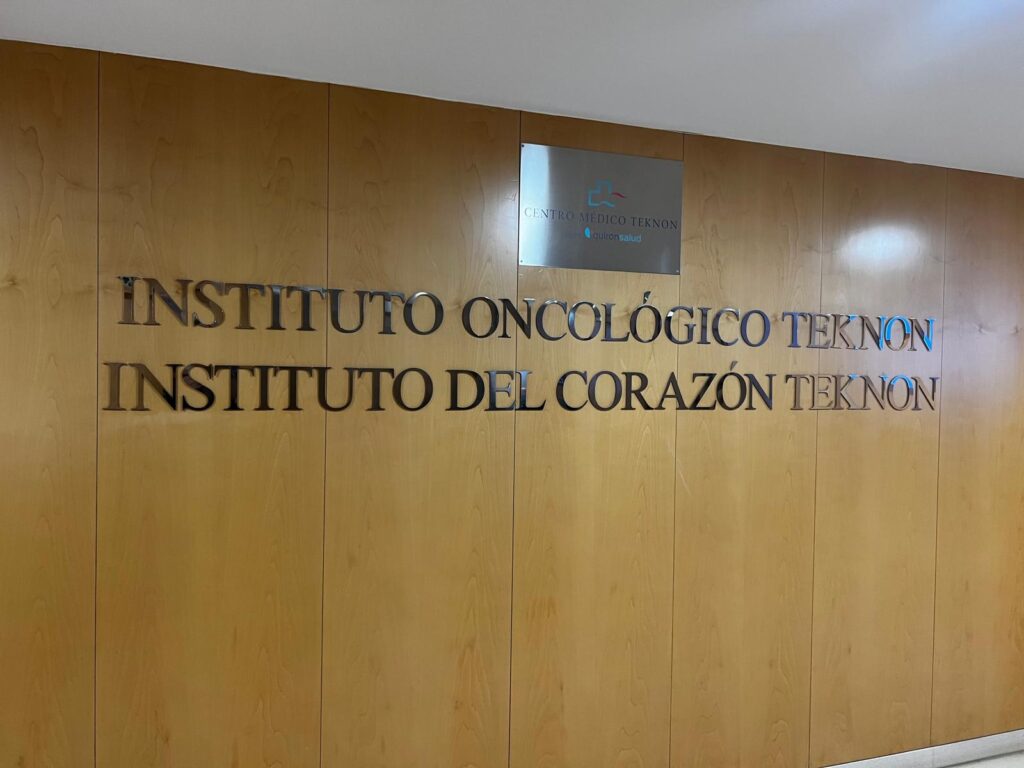Identifying the Key Factor Behind the High Aggressiveness of Pancreatic Cancer
A recent study published in PNAS highlights a significant factor contributing to the aggressiveness of pancreatic cancer. Conducted by researchers from the Hospital del Mar Research Institute, IIBB-CSIC-IDIBAPS, Mayo Clinic, IBYME (CONICET), and CaixaResearch Institute, the research reveals the crucial role of the Galectin-1 protein within the nuclei of tumor-associated fibroblasts, which aids in their activation.
These activated fibroblasts not only promote tumor growth and metastasis but also contribute to the resistance against treatments. This may explain why pancreatic cancer is so aggressive, with a mere 10% five-year survival rate.
The findings of this study pave the way for novel therapeutic strategies targeting this type of cancer, focusing on inhibiting Galectin-1 in the cells that surround and protect the tumor. Pancreatic cancer is notorious for its aggressiveness and dismal survival rates, largely due to its tumor microenvironment, or stroma, which comprises a network of proteins and various non-tumor cells. Fibroblasts, in particular, play a pivotal role in facilitating tumor cell proliferation and enhancing their drug resistance.
Dr. Pilar Navarro, coordinator of the Cancer Molecular Targets Research Group at the Hospital del Mar Research Institute and IIBB-CSIC-IDIBAPS, notes, “The stroma is a fundamental component of pancreatic cancer’s aggressive nature, interacting with tumor cells, shielding them, and impeding drug efficacy. Additionally, stromal cells, especially fibroblasts, secrete substances that promote tumor growth and spread.” Previously, fibroblasts were known to secrete Galectin-1, a protein with pro-tumoral characteristics. However, this study reveals that Galectin-1 is also located within fibroblasts’ nuclei, where it plays a crucial role in regulating gene expression.
The presence of Galectin-1 activates fibroblasts, enhancing their support for tumor cell development. The researchers discovered that Galectin-1 can regulate gene expression in these cells at a specific level without changing the DNA sequence, exerting epigenetic control. One of the genes influenced is KRAS, which is vital in pancreatic tumors and is mutated in 90% of patients, serving as a major driver of uncontrolled growth and aggressiveness.
The research team had previously recognized Galectin-1’s significant role in pancreatic cancer, but these newly uncovered functions allow for the development of innovative strategies against this tumor type. Dr. Neus Martínez-Bosch, a researcher at the Hospital del Mar Research Institute, emphasizes that efforts must now also focus on blocking Galectin-1 within fibroblast nuclei, not just the protein they secrete.
To conduct this study, researchers analyzed tissue samples from pancreatic cancer patients to investigate the presence and function of Galectin-1 in fibroblast nuclei. They also performed in vitro experiments with human fibroblast cell lines, studying the effects of inhibiting both the protein and the KRAS gene, leading to the deactivation of these cells and effectively stopping their cooperation with tumor cells.
Dr. Judith Vinaixa, the study’s first author, emphasizes the significance of these findings: “We have confirmed the critical role of Galectin-1 in the fibroblast cell nucleus, where it regulates the expression of numerous genes essential for cell behavior.” Dr. Gabriel Rabinovich from IBYME (CONICET) and the CaixaResearch Institute adds that future steps will involve exploring therapeutic combinations that inhibit both extracellular and intracellular Galectin-1, which is also involved in vital processes such as blood vessel formation and resistance to immunotherapy. This approach is especially relevant given the extensive anti-tumoral effects of inhibiting Galectin-1. The study also received support from the Pathology Department at Hospital del Mar and researchers from the Cancer Area of CIBER (CIBERONC).



